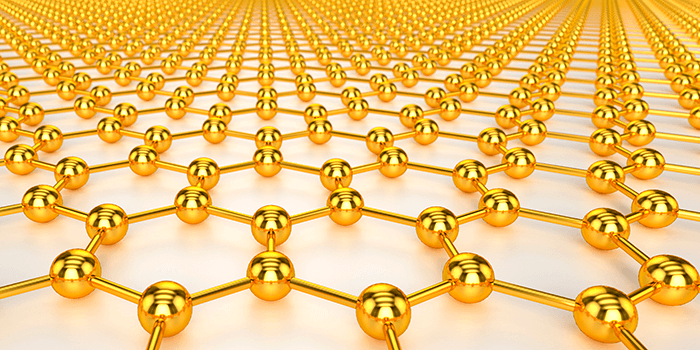Introduction
The rapid development and implementation of nanomaterials in various consumer products has created the need to rapidly and accurately characterize nanoparticles (NPs) of various sizes and compositions. A number of techniques are available for the measurement of metal and metal-containing NPs, but all suffer from limitations1. The development of Single Particle ICP-MS (SP-ICP-MS) has overcome many of these limitations, and it has been well-documented as a technique to rapidly measure, count, and characterize metallic and metal-containing nanoparticles and/or nanomaterials2-8. According to the European Commission (EC) Recommendation (2011/696/EU), “nanomaterials” are defined as any “natural, incidental or manufactured material containing particles in an unbound state or as an aggregate or agglomerate and where, for 50% or more of the particles in the number size distribution, one or more external dimensions is in the size range 1 nm–100 nm”9. Traditionally, one of the challenges of nanoparticle (NP) analysis by SP-ICP-MS is the ability to accurately characterize particles that are smaller than 20 nm10.

In order to push below this 20 nm limit, a SP-ICP-MS instrument would require a combination of high sensitivity, fast data acquisition rates (< 75 μs dwell times), and low background. In addition, it is crucial to have an appropriate data processing software that is capable of automated threshold detection and real-time background subtraction11. In this work, we demonstrate that PerkinElmer's NexION® 2000 ICP-MS, with its unique RF generator and ion optics, coupled with the Syngistix™ Nano Application Software Module, can be used to accurately measure and characterize NP sizes of 10 nm and smaller, both alone and in a mixture of NPs of various sizes.






